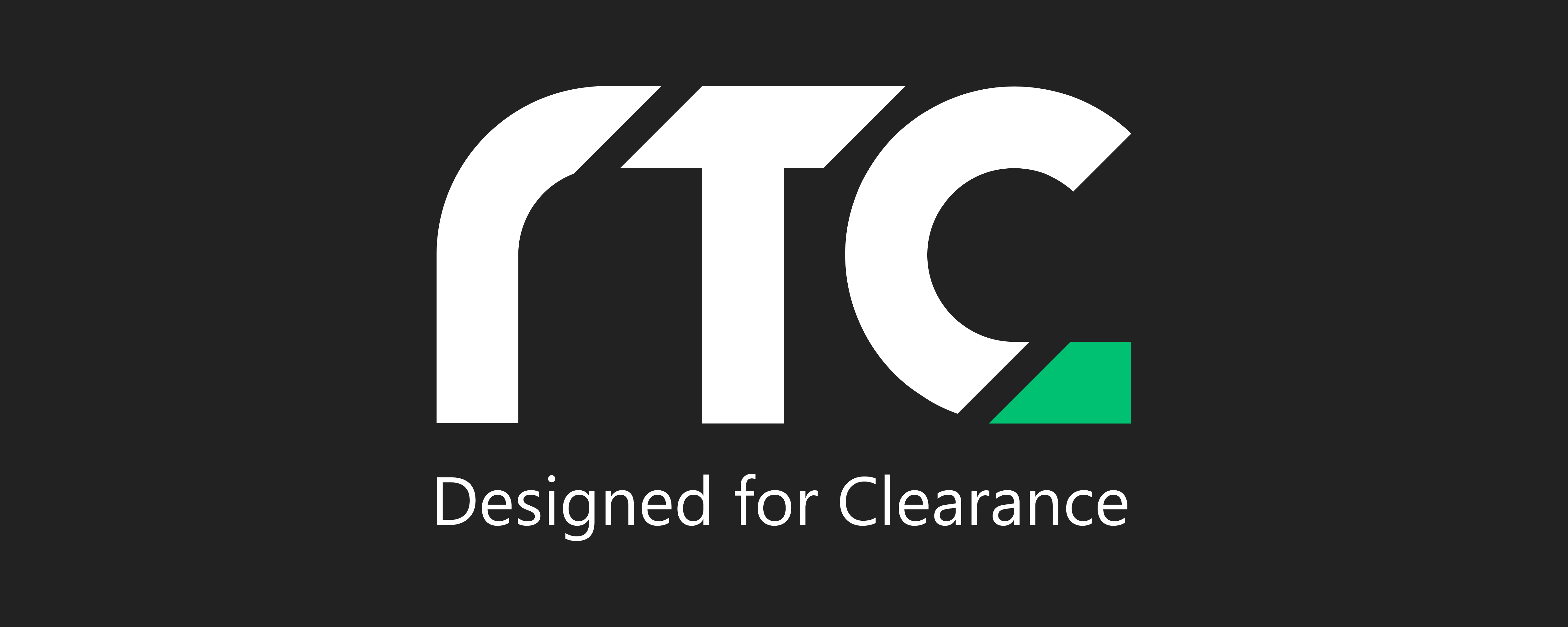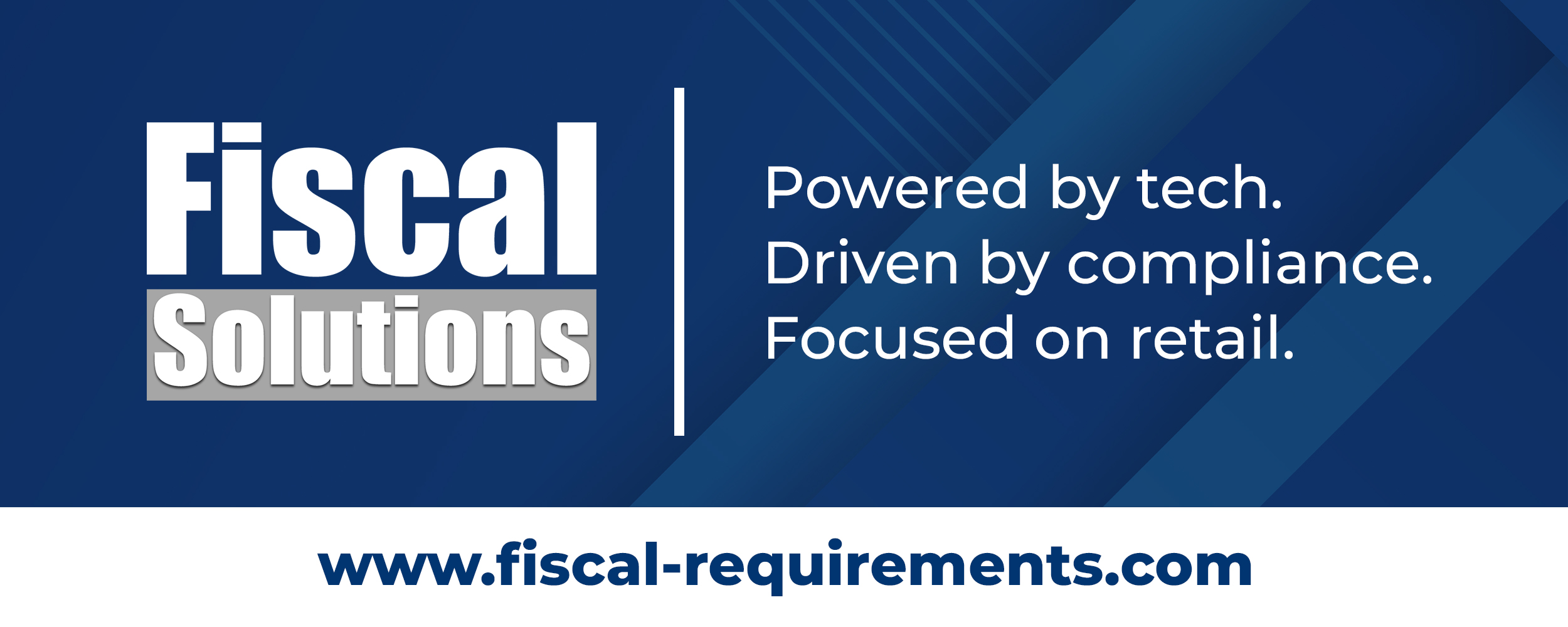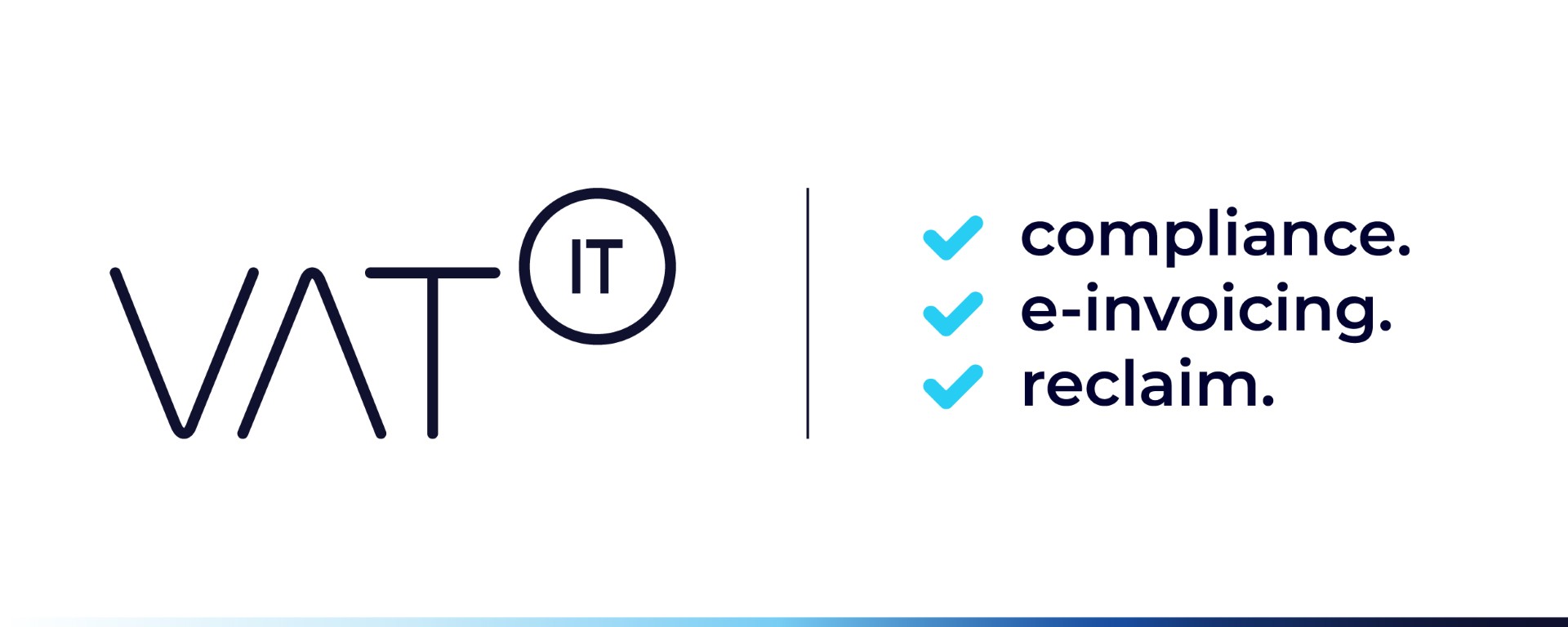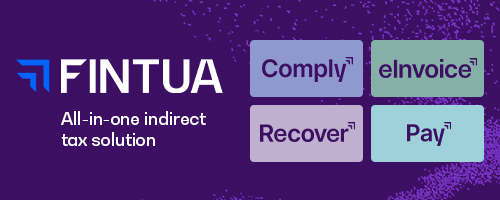- Understanding EDI and Peppol: Electronic Data Interchange (EDI) involves tailored agreements between specific trading partners for exchanging business data, while Peppol is an international network utilizing standardized formats and protocols that allows seamless communication among all connected parties without the need for individual agreements.
- Key Differences: EDI is characterized by point-to-point connections with flexible post formats and sector-specific standards, making it deeply rooted in industries like retail and logistics. In contrast, Peppol offers a network of certified Access Points with standardized formats, facilitating easier connections and management across multiple trading partners.
- Practical Applications and Regulatory Impact: Many companies adopt a hybrid approach, using EDI for established relationships and specific processes while transitioning to Peppol for new connections and government contracts. Regulatory developments, such as mandatory e-invoicing via Peppol in Belgium, further influence companies’ decisions, emphasizing the need to assess sector requirements and trading partner preferences when choosing between the two systems.
Source Peppol.nu
- See also
- Join the Linkedin Group on Global E-Invoicing/E-Reporting/SAF-T Developments, click HERE
Latest Posts in "World"
- OECD Report: Effective Carbon Rates 2025 – Recent Trends in Taxes on Energy Use and Carbon Pricing
- Country Profiles on E-Invoicing, E-Reporting, E-Transport, SAF-T Mandates, and ViDA Initiatives
- Blog Ahu Ocak Caglayan: Field Notes from Recent Mandates: Patterns, Pitfalls, and Practical Fixes
- Book by Darko Pavic: The Fiscalization Compliance Maturity Model
- VATupdate Newsletter Week 45 2025














